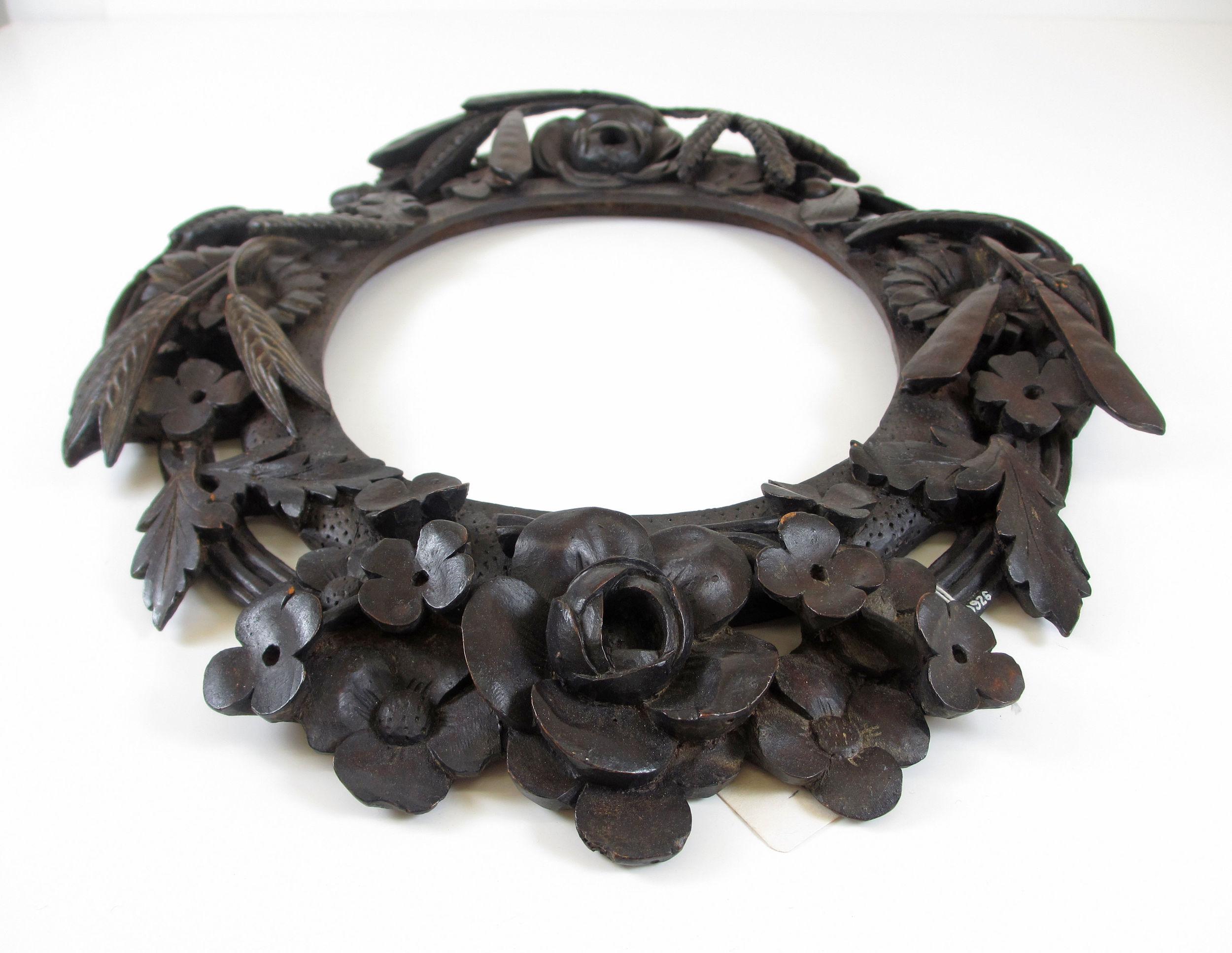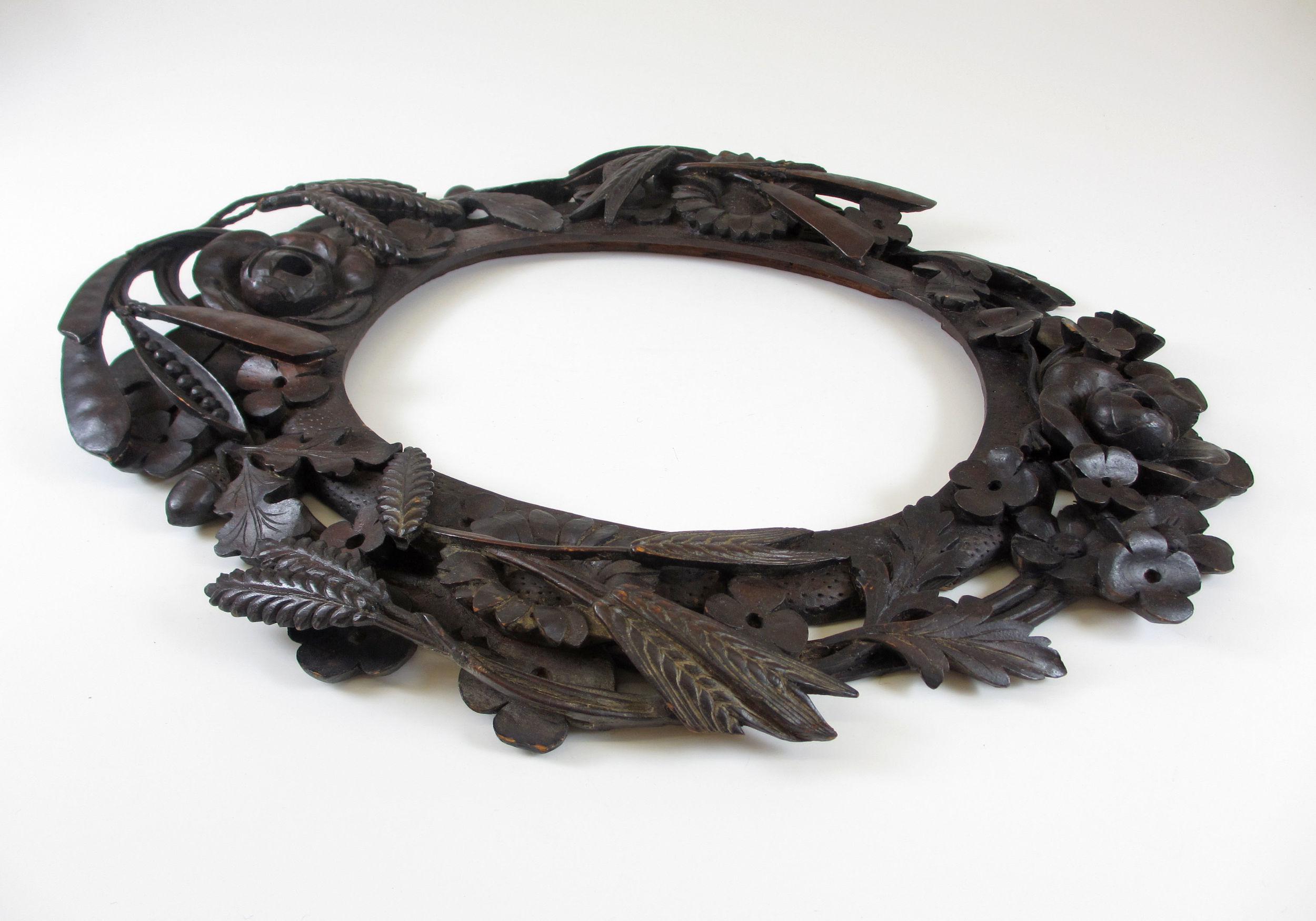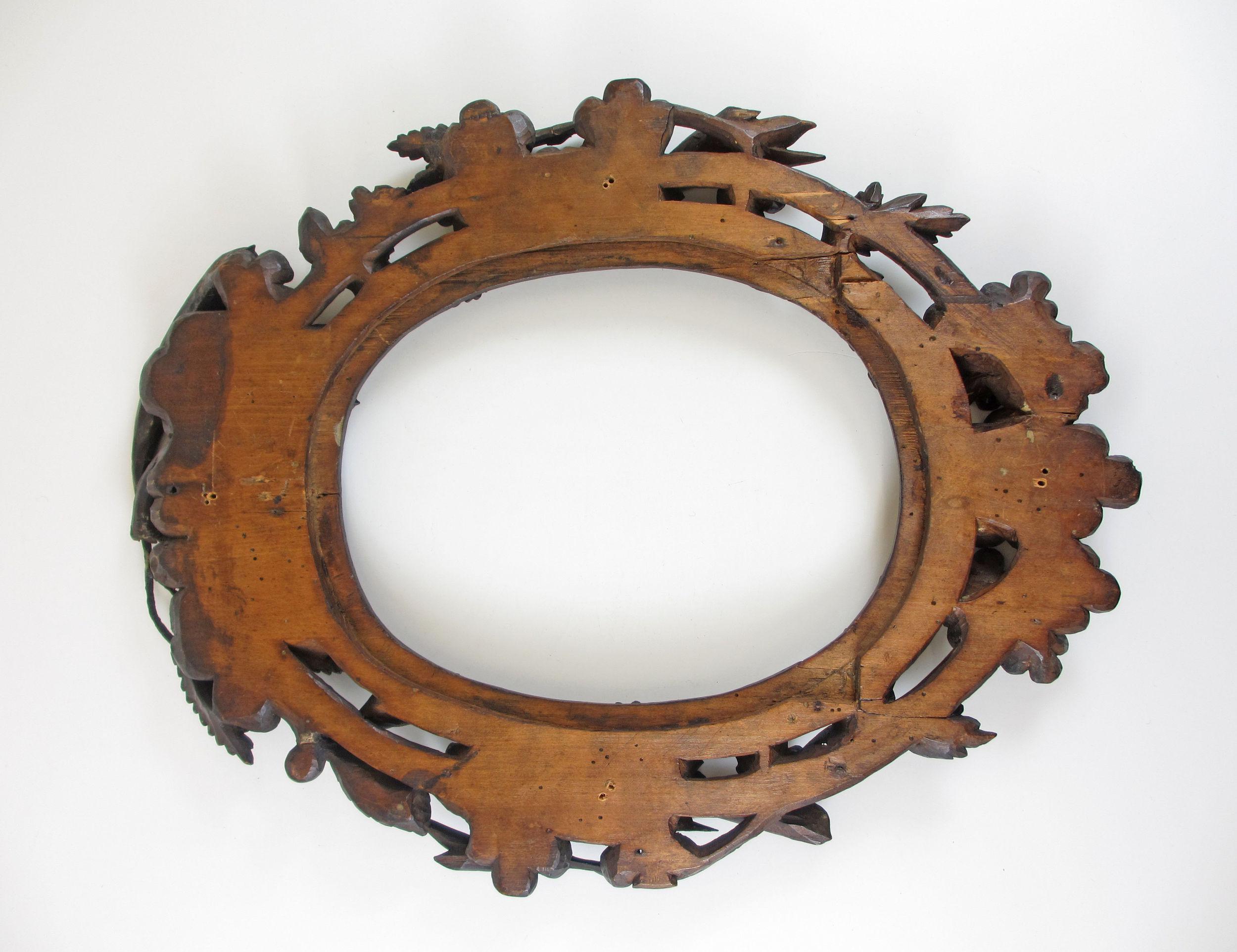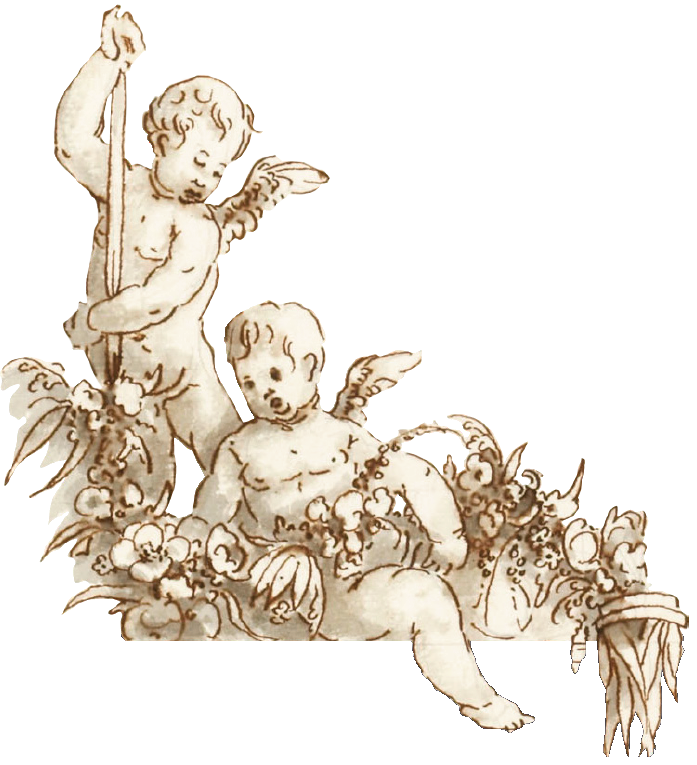Frame
Creator(s): Attributed to Grinling Gibbons
Date: c1680
Accession Number: W.33-1926
Dimensions: Height: 39.4 cm, Width: 31.7 cm
Materials: Carved limewood
Location: V&A in storage
Credit Line (copyright notice for material) : © Victoria and Albert Museum, London
Online Catalogue Entry : http://collections.vam.ac.uk/item/O370580/frame-unknown/
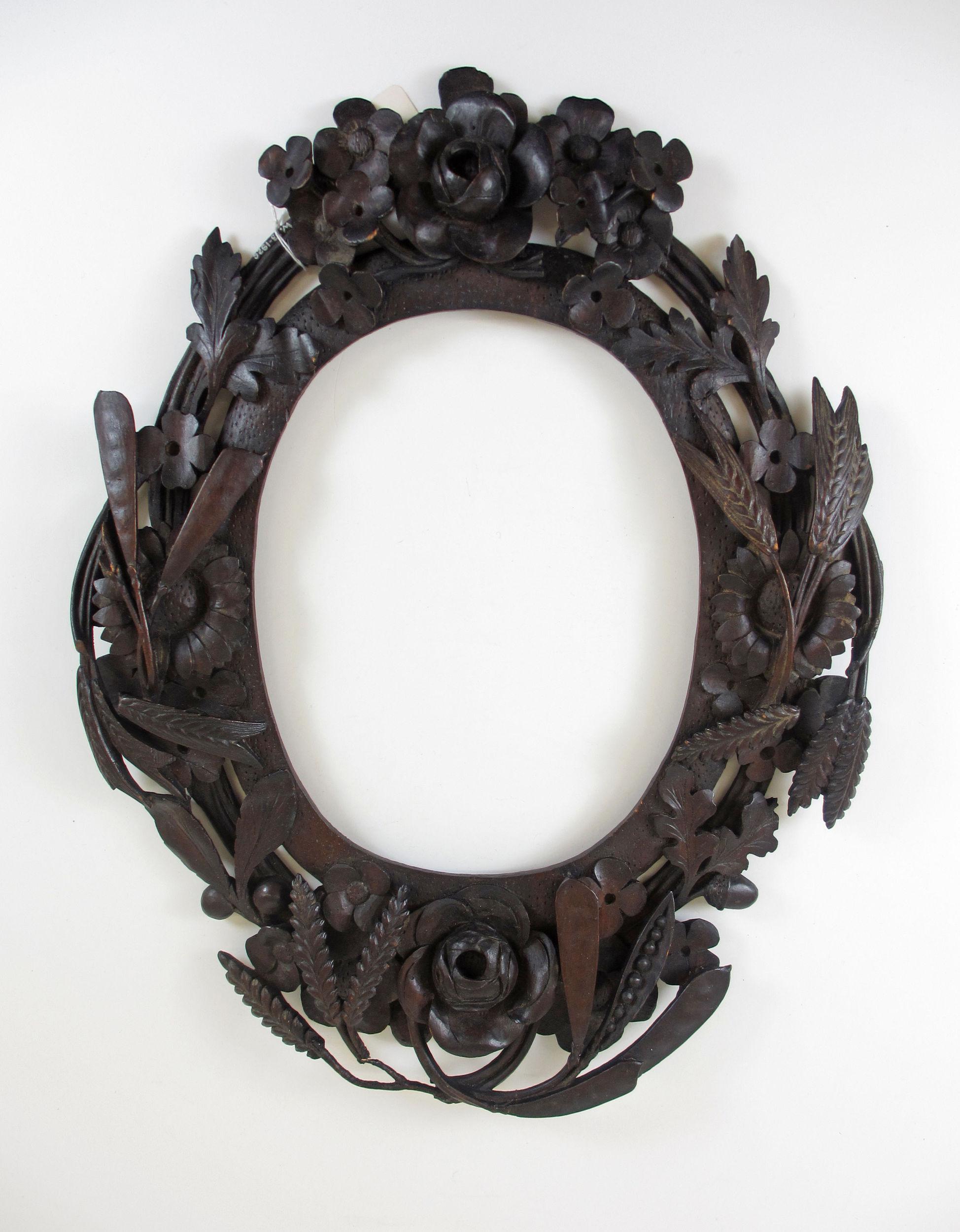
NOTES ON THE ARTWORK
Frame or ornament for picture of limewood, oval, carved with flowers, accompanied by wheat, barley, pea-pods, acorns, and berrries. Ascribed to Grinling Gibbons.
Object history note
From Cassiobury Park, Hertfordshire. Note that museum correspondence at the time of acquisition uses several descriptions: ‘woodcarving by the school of Grinling Gibbons’; ‘carvings in the style of Grinling Gibbons’; ‘carving[s]…by Grinling Gibbons’
Given by Harry Lloyd, Woodlands, Caterham, Surrey (RF 26/5438), who purchased it on behalf of the Museum from Edwards & Sons, 157-161 Regent Street, London W1. Price quoted to the Museum (26/5/1926) for “the small carved Frame from Cassiobury Park” was £20.0.0
Museum correspondence refers to the purchase of an “Overdoor from the Great Dining Room…for the sum of £385.0.0 as it stands, with no extra charge for stripping.” (W.46 and 47-1926)
A minute paper by Oliver Brackett(?) (1/6/1926) records:
“This is a most generous proposal to present to the Museum two examples [referring to this small frame and the larger overdoor carving, not the section of cornice that was presented separately to accompany the overdoor] of woodcarving by the school of Grinling Gibbons, removed from Cassiobury Park, Hertfordshire. I saw the carvings more than once in their original position and they are certainly of historic importance. They were removed and sold a few years ago and the remains of them are now in the hands of Mr. Edwards of Regent Street and Robertsons of Knightsbridge. Mr. Clifford Smith and I have been to see the carvings at both places and finally selected two examples coming within the figure of £400 which Mr. Lloyd has proposed to spend. The carvings of the house were originally sold for a very large sum and the most important examples are still priced at about £800. We have no doubt that the overmantel and frame are the best examples that can be obtained for the money at our disposal.
The overmantel which we have selected, as it was shewn to us, seemed to me to be incomplete and unsatisfactory without the cornice moulding. Mr. Edwards, of Regent Street, has kindly offered to add a section of moulding after it has been pickled, and I think we should write and thank him as well as Mr. Lloyd.”


